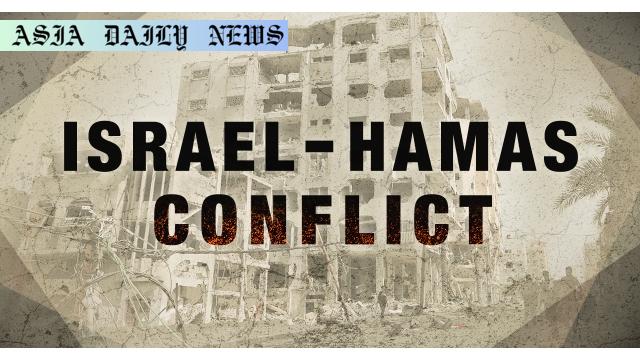Hamas: Israel pushes for Gaza leadership expulsion and militant disarmament in the ongoing ceasefire negotiations.
Israel demands removal of Hamas leaders from Gaza in talks.
Ceasefire saw 16 hostages released by Hamas, 760 freed by Israel.
Negotiators aim to resolve the conflict and release all captives.

Background of the Ceasefire Agreement
The ongoing ceasefire agreement between Israel and Hamas, effective as of January 19, has brought temporary relief to one of the world’s most prolonged conflicts. Over six weeks of the ceasefire, significant strides have been made, including the release of 16 Israeli hostages by Hamas and over 760 Palestinian prisoners by Israel. While the exchange marks progress, it only scratches the surface of what is needed to achieve lasting peace in the region.
Israel’s Demands for the Next Phase
As part of the second phase of negotiations, the Israeli government, led by Prime Minister Benjamin Netanyahu, has outlined bold new demands. Chief among them is the expulsion of Hamas leadership from the Gaza Strip and the disarmament of their militant forces. These steps, according to Israeli officials, are seen as a vital foundation for establishing long-term stability and eliminating security threats from the region.
Mediators’ Role in the Negotiations
The negotiations have gained international attention, with key mediators such as Qatar, Egypt, and the United States actively involved in fostering dialogue between the two sides. Despite these efforts, the road toward a comprehensive and lasting agreement remains fraught with complexities. The upcoming talks aim to address broader issues, including a permanent cessation of hostilities and the release of all captives on both sides.
Challenges to Achieving Peace
Perhaps the most significant challenge lies in whether Hamas will accept the stringent demands put forth by Israel. The expulsion of its leadership and the disarming of militants strike at the core of Hamas’s political and military identity. Balancing Israeli security concerns with Hamas’s political survival will undoubtedly test the skills of negotiators and mediators alike.
The Path to a Lasting Solution
A lasting resolution to the Israeli-Palestinian conflict requires addressing underlying grievances, from territorial disputes to political disenfranchisement. While the ceasefire offers a crucial window of opportunity, both sides must show readiness to compromise and work toward peaceful coexistence. Only then can there be hope for enduring peace in the region.
Conclusion
The second phase of the ceasefire agreement between Israel and Hamas is a critical juncture, one where bold proposals and difficult negotiations will shape the future of the region. As events continue to unfold, the world watches closely, hoping for an outcome that secures peace and reduces longstanding tensions for good.



Commentary
Israel’s Tough Stance and Its Implications
Israel’s demand for the expulsion of Hamas leadership and the disarmament of militants represents a significant escalation in its approach to the conflict. While these demands underscore Israel’s security concerns and broader strategy to weaken Hamas, they also raise questions about feasibility. How will Hamas agree to terms that threaten its very political and military existence? This bold stance speaks volumes about the challenges that lie ahead in achieving lasting peace.
The Difficult Road Ahead for Negotiators
Negotiations of this magnitude require persistent diplomacy and the involvement of credible mediators. Countries like Qatar, Egypt, and the United States have long played significant roles in brokering ceasefires in the Middle East, and their contributions in this case will be critical. However, as the issues grow more contentious, mediators must prepare for an uphill battle in reconciling contrasting interests.
Hope for Progress Despite Challenges
Despite the complexities, the ceasefire agreement and the recent exchange of detainees are foundational steps toward resolving the Israeli-Palestinian conflict. While trust remains fragile between the two sides, these small gains reflect that progress is indeed possible when dialogue is prioritized. The hope is that with sustained effort, negotiators will create frameworks for peace that address the needs and concerns of both parties.
Final Thoughts
The demands put forth by Israel, and the subsequent hesitations from Hamas, highlight just how difficult it is to find common ground in one of the world’s most enduring conflicts. But with international support and unwavering commitment to dialogue, there lies potential for progress. One can only hope that this ceasefire becomes the foundation for lasting peace in the region, ending decades of suffering and instability.